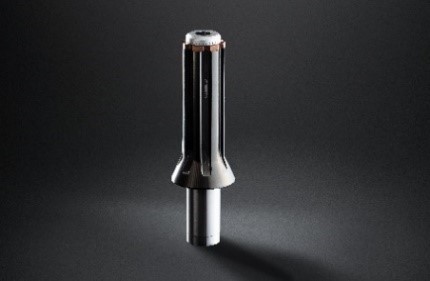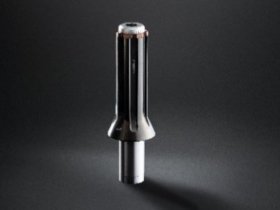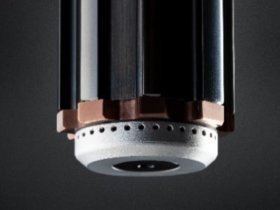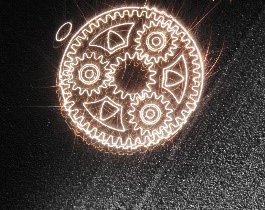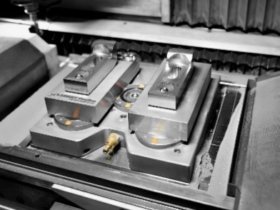Additive manufacturing being put into practice – METAV 2020 showing advances in 3D printing products and solutions
There has been great deal of hype surrounding the benefits of additive manufacturing for several years now. Numerous companies have invested in machines and have been trying out the innovative manufacturing process. Such trials often represent a cost-intensive learning process, but the focus is now increasingly on achieving verifiable successes. The following practical applications show that the technology is gaining more and more ground in the machining production environment. Trade visitors can expect to encounter the entire spectrum of 3D printing processes in the Additive Manufacturing Area at METAV from 10 to 13 March 2020.
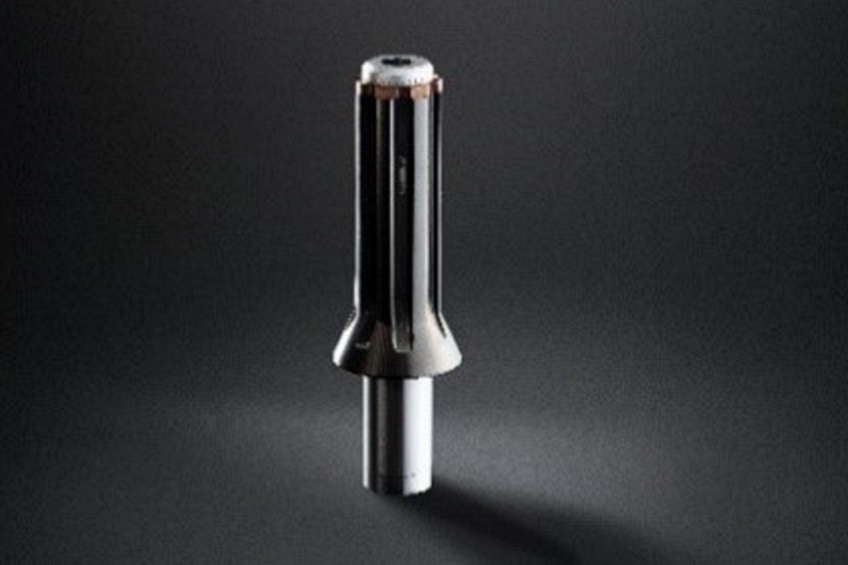
Additive manufacturing can be used in a wide variety of ways. In metal cutting, it is above all the flexibility of the coolant lubricant (CL) feed that is attracting attention. “Here, turning processes involving a coolant attachment or with narrow tools are deployed in cases where conventional internal cooling cannot be used,” reports Dr. Matthias Luik, Head of Research & Development at Paul Horn GmbH. The latest product with a 3D printing component from the Tübingen-based tool specialists is the CL distributor disc for a reaming tool. A number of special aspects must be taken into account in additive manufacturing (AM). “The subsequent machining of the functional surfaces means that appropriate structures must be created for clamping the workpieces. Internal stress, which leads to distortion of the components, must also be taken into account. In this case, the position of the components in the workspace is a decisive factor,” says Dr. Luik.
The wide range of potential AM applications will make it economically viable to produce more and more parts in this way in the future to meet demand. In many cases, hybrid construction methods in which conventionally manufactured elements are combined with additive components will prove advantageous as means of reducing the machining work to a minimum. The Tübingen tool specialists will be showcasing their products at METAV and taking part in expert discussions.
Zero point clamping technology for additive manufacturing
The entire process chain must be considered if optimum results are to be achieved with AM. The design is no longer dictated by the metal block of material, but by the function of the component. “In machining, tool cooling is currently a crucial aspect,” explains Jürgen Förster, Member of the Management at AMF Andreas Maier GmbH & Co. KG from Fellbach. 3D printing permits the incorporation of cooling channels close to the contours, even in the case of very small machining, casting or injection moulding tools. The integration of optimised cooling channels in the tools ensures faster cooling of the workpieces and thus saves enormous amounts of time.
In the field of machines and technology, it is innovations which are driving additive manufacturing forward, as are networks consisting of a wide variety of companies, users and research institutes which are pooling their knowledge. “Series production and a holistic approach to the process are playing a key role,” reports Förster. “Here, we started to communicate openly from an early stage in order to optimise and standardise the various process steps in terms of clamping technology. Our zero point clamping system offers the best uniform interface for both the printing process and the complete post-processing stage.”
He believes that metal 3D printing will see rapid growth in the future. The “trial and error” phase is now giving way to a desire for process reliability and automation. “As a solutions provider, we are already offering series-ready products that optimise the entire process and make it more economical,” says Förster. These will be on show at METAV 2020 in Düsseldorf.
Focus on digitalisation and materials in the future
In recent years, the industry has been concentrating increasingly on raising the productivity levels of additive processes. The focus has now shifted towards process stability and reproducibility. “For this reason, process observation has become a crucial factor. In particular, the consistency of data formats between the upstream and downstream process steps is becoming increasingly important,” reports Sebastian Bremen, an expert in 3D printing at the Fraunhofer ILT and Professor of Additive Manufacturing at Aachen University of Applied Sciences. “The IDEA and IDAM research projects are developing such process chains for turbomachinery engineering and the automotive industry with leading partners from industry, and should be mentioned here.”
At present, only a few steel materials can be processed additively. High-carbon steel in particular leads to cracking due to the rapid cooling and solidification rates in additive processes such as Laser Powder Bed Fusion (LPBF). For this reason, it is easier to process austenitic and martensitic steel types. These materials are used, for example, in the manufacture of toolholders with an intelligent cooling lubricant supply. “The research aims both to identify high-strength steels for the additive process and to make suitable cutting materials available such as tungsten carbide-cobalt (TC-CO),” explains Bremen. The AiF project AddSchneid, for example, is taking an interesting approach: near infrared emitters are used in the LPBF process to heat the component to up to 800 °C in order to avoid cracking. The aim is the direct production of contour-aligned cutting tools for machining with integrated lubricant supply structures.
“I think that continuous digitalisation of the entire process chain, the integration of sensors for process observation and for improving process stability as well as artificial intelligence for data evaluation will become increasingly important,” predicts Professor Bremen. “In addition, materials need to be developed that benefit from the rapid cooling and solidification rates in additive processes. This will help broaden the application spectrum of 3D printing processes.”
New materials opening up unlimited possibilities
Scarcely any other manufacturing technology has undergone such rapid development in the past five years as AM. Development has been seen not only in the process itself but also in the related design skills, calculation models and analysis tools. In the past, the surfaces had to be extensively reworked, but today this can be minimised or dispensed with entirely. The METAV exhibitor Iscar has been providing additively manufactured tools for its customers for many years. 3D printing techniques are used when manufacturing with traditional methods is difficult or impossible. “Our new product campaign features a number of tools that have never been available on the market before,” reports Erich Timons, CTO and Member of the Executive Board of Iscar Germany GmbH in Ettlingen. “These include tools with very small diameters. When insert-based tools with internal coolant channels have to be produced, conventional methods quickly reach the limits of what is feasible.” He believes that 3D printing is still in its infancy. “The focus in the future will be on using new additive materials,” says Timons. “This includes the additive production of hard metals and hybrid materials. There is enormous potential right now, as it is possible to combine completely different material properties.”
Created by daxTR
(Size: around 7,471 characters incl. blanks)
Downloads
Picture 1: Paul Horn GmbH
Picture 2: Paul Horn GmbH Detail
Picture 3: AMF Andreas Maier
Picture 4: Fraunhofer ILT
Documents


